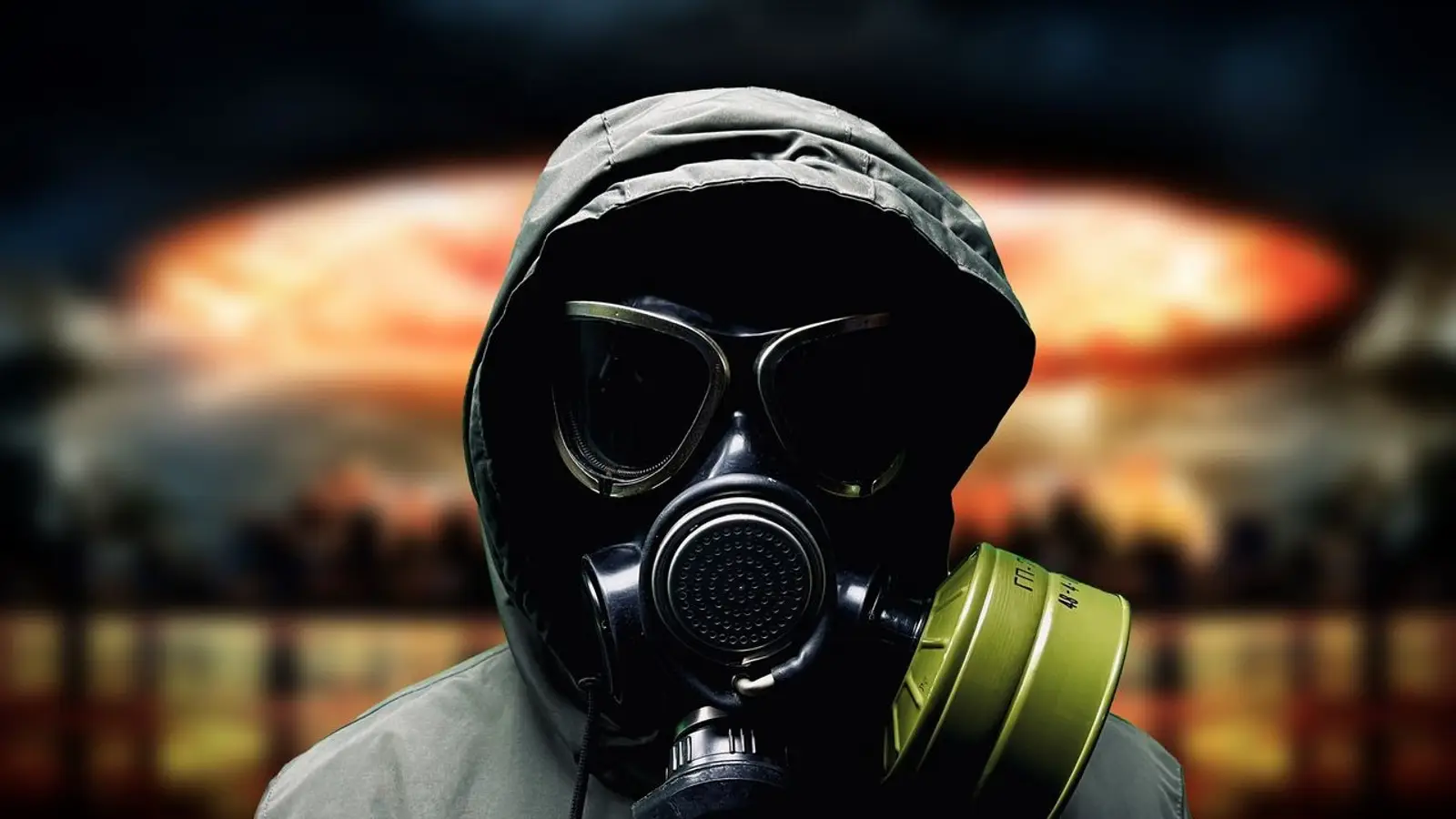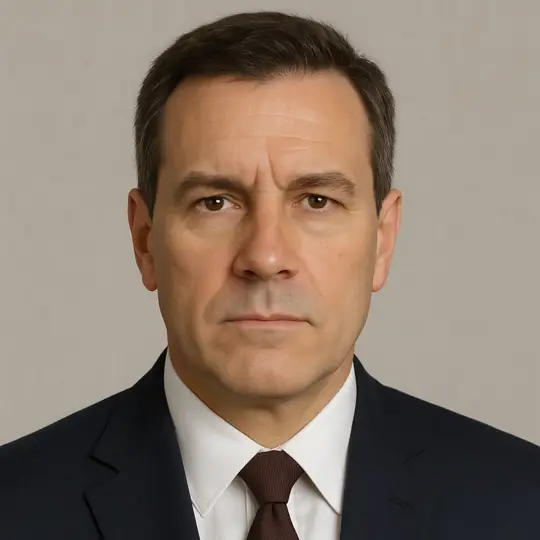Russian Engineers Create “Doomsday” FPV Drone to Track Radiation After Nuclear Strikes


Russian engineers have developed the “Doomsday” FPV drone for the Khrust system to monitor radiation levels and assist civil defense after nuclear strikes.
Russian engineers have developed a series of operational scenarios for the «Doomsday» FPV drone, which is part of a system designed to monitor environmental contamination following nuclear strikes. The announcement was made to TASS by Dmitry Kuzyakin, Chief Designer at the Center for Integrated Unmanned Solutions (CIUS).
He stated that the proposed scenarios could be used in the interests of civil defense and the Russian Ministry of Defense. According to Kuzyakin, the drone is part of the «Khrust» project, which is intended to track radiation levels in the aftermath of nuclear detonations. He noted that the details of the operational plans were not being disclosed, but confirmed that development work on the project is in an active phase.
Kuzyakin explained that in the event of a worsening international situation, the system could help save a significant number of lives. He stressed that the common perception of an immediate global catastrophe following a nuclear exchange does not reflect reality: most people in the world would likely not notice the use of nuclear weapons immediately, but within a few weeks, radioactive dust and ash lifted into the atmosphere by fires at detonation sites would spread across the planet. Studies of the Chernobyl disaster showed that radioactive particles disperse rapidly and settle unevenly — in strips and isolated zones.
The chief designer also noted that radiation intensity declines relatively quickly after nuclear explosions, but in the first hours contamination levels remain dangerously high. During this period, it is critical to evacuate the injured, deploy temporary shelters, and determine safe movement routes for people and vehicles. He emphasized that amid destruction and fires, it is vital to have real-time data on where it is safe to operate and where radiation levels make movement impossible. At this stage, he said, fast and mobile remote sensing tools become essential.
Kuzyakin added that surface contamination can be washed off or removed with clothing, but when radioactive particles enter the human body, they pose a serious threat to health and life. Therefore, he underscored, data on radiation levels during the first hours after a nuclear strike are critically important.
To address such scenarios, the Khrust system has been modified to operate from inside armored vehicles and transport. The drone can be controlled without the pilot leaving the vehicle, including in convoy escort mode for evacuation operations.
Kuzyakin also revealed the drone’s technical characteristics: the Doomsday FPV drone has a flight time of up to twenty minutes and an operational range from five hundred meters in heavily contaminated areas to two kilometers in variable contamination zones. The system can function from sealed armored vehicles and while in motion.